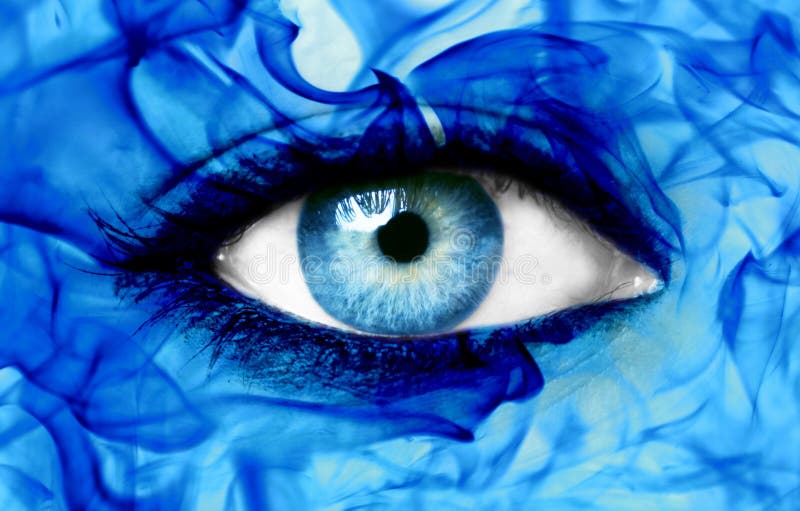
One was some smaller sized print white on black on the upper right side of the scene - here a 100% crop, again from top to bottom: original, DeepPrime, Topaz "RAW", Topaz "Severe Noise": I now looked closer at two parts of the image. The original sized JPG is too big to embed it here (45 MB), but you can access it here: The resulting variants in exact that order look downsized like this (scene somewhat cropped from the original to exclude unnecessary background): Trying all available options I finally selected "Severe Noise" as processing method, auto values applied, because it produced clearly the best results. Topaz Denoise, run as plug-in from Photoshop I wanted to see how Topaz was impeded when it was provided with an already demosaiced file. Topaz DeNoise, run as stand alone program, method "RAW", auto values, saved as TIF (saving as DNG somehow screwed up the color profile, there seems to be a bug there).Ĥ. DxO Photolab's DeepPrime, default values, saved as DNG again.ģ. Import into Photoshop through Camera Raw with default values, no noise reduction appliedĢ. All in all I made four different versions of the DNG converted by LR:ġ.
BLUEEYE MACRO SHORTCUT KEYS SOFTWARE
I took a test picture with my A7RII in RAW at ISO 25.600 in lossless RAW, imported in LR to convert it into a DNG (no edits) and threw the resulting file at the current version of those two software packages: 5.13 of DxO Photolab 5 Elite (free trial version) and 3.5.0 of Topaz DeNoise.

After Jacques Cornell's example picture he posted here I just had to see how Topaz DeNoise in its latest version compares to DxO DeepPrime.


 0 kommentar(er)
0 kommentar(er)
